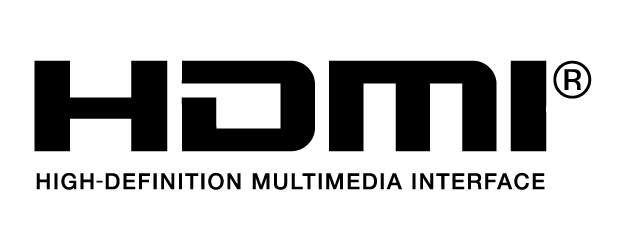DJI Goggles Racing EditioN
Fly Fast. Break Free.
Watch VideoDJI Goggles just got better looking and more powerful, so you can experience FPV racing in style and without traditional restraints. DJI Goggles Racing Edition (RE) feature a redesigned metallic matte black visor and headband, along with padding covered by high-quality red leather. Precisely engineered for racing, DJI Goggles RE are compatible with an OcuSync video transmission module and a high-performance camera module, which work together to transmit digital video signal from up to 7 km away with latency as low as 50 ms,1 in addition to analog signal. Fly with smooth, clear video and experience the thrill of drone racing like never before.
